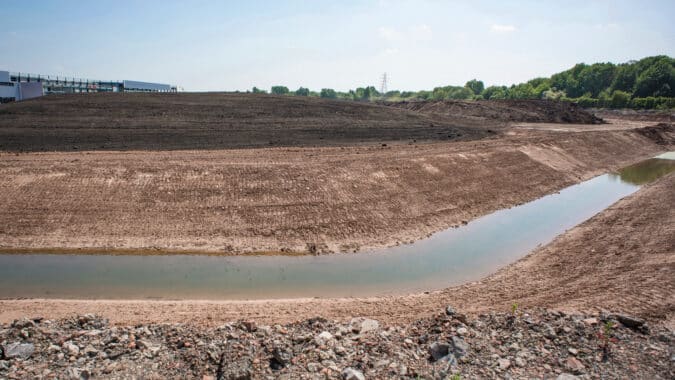PennEast Pipeline Company LLC today applauded the Federal Energy Regulatory Commission’s (FERC) issuance of a Final Environmental Impact Statement (EIS), validating after nearly three years of scientific review and input from numerous stakeholders that the approximately 120-mile underground natural gas pipeline can be built with little impact on the environment.
With the Final EIS, two government agencies now have affirmed that PennEast Pipeline’s construction and ongoing operations will not harm the environment, including waterways. The second validation is from the Pennsylvania Department of Environmental Protection, which issued in February a Water Quality Certification as required by section 401 of the Federal Clean Water Act.
“Pipelines are the safest and most environmentally friendly way to move the energy on which we rely every single day to warm our homes, power our economy, and increasingly generate clean and reliable electricity,” added Tran. “New infrastructure like PennEast Pipeline is not only far better for our environment than relying on other less-clean fuels, but also for reducing electric and natural gas bills for families and businesses.
“Today’s Final EIS is a major step forward for the Project. We thank the FERC staff for its thorough review, input, and recognition that major infrastructure projects like the PennEast Pipeline can move ahead while protecting the environment, too,” said Tran. “We look forward to working with Pennsylvania and New Jersey permitting agencies in the coming months.”
The 120-mile Project is more than 90 percent subscribed under long-term contracts with local gas utilities, power generators and other energy customers. Local customers will benefit from the delivery of clean, American energy that is slated to be approximately 30 percent less expensive than natural gas supplies from the Gulf of Mexico, which have traditionally fueled the northeast. A study by Concentric Energy Advisors found that due to pipeline constraints in the region, consumers would have saved nearly one billion dollars during the winter of 2013-2014 had PennEast been in service. Prices during that winter spiked to more than 70 times that of non-peak periods.
Major business and labor organizations across Pennsylvania and New Jersey support PennEast Pipeline as a project essential to long-term economic growth. The world’s largest electric grid operator, PJM, also cited PennEast as a project that could enhance electric grid reliability.
